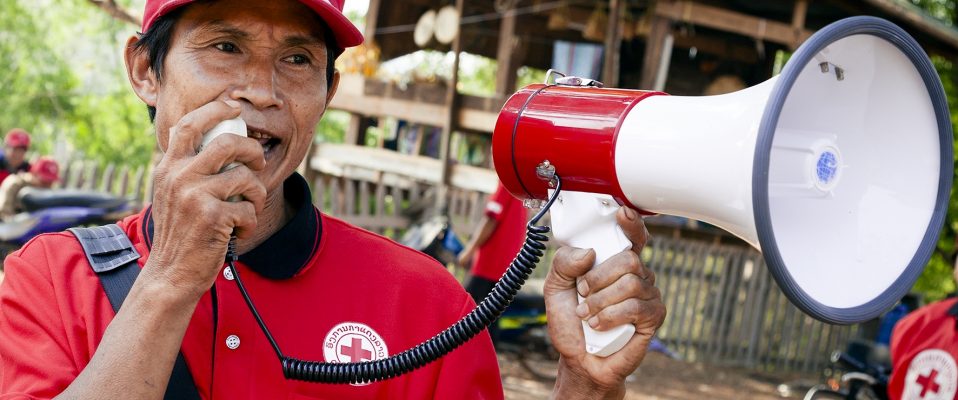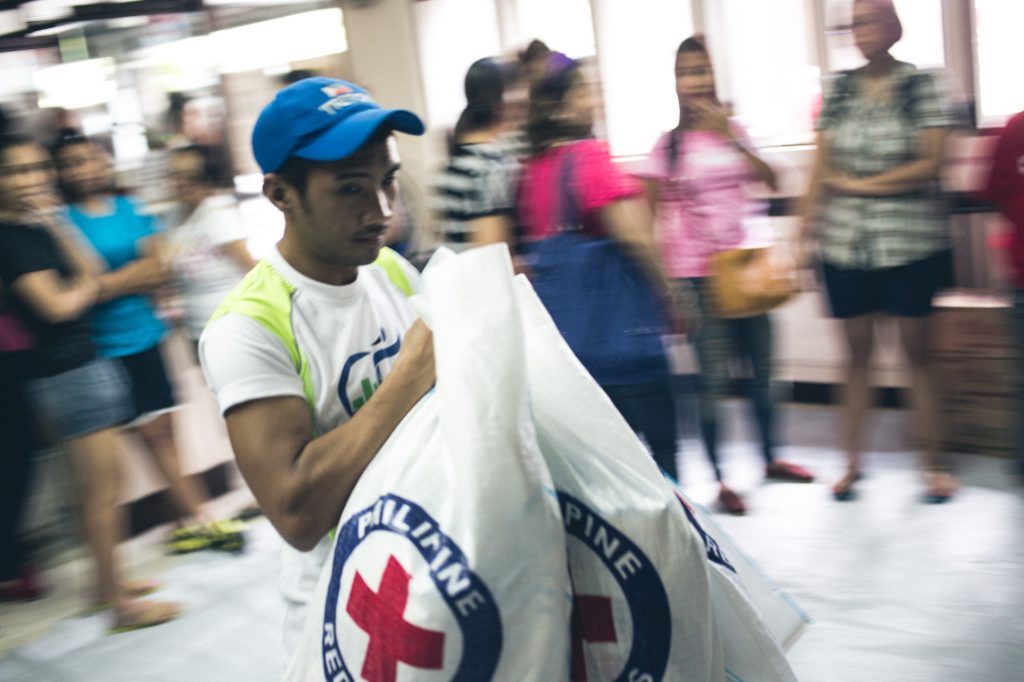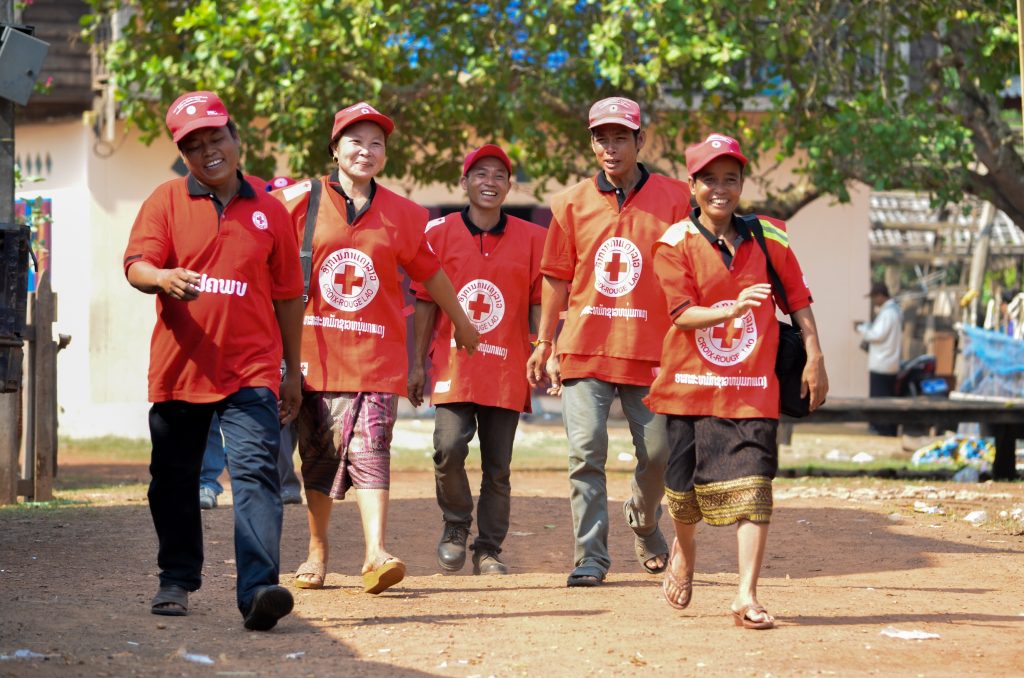The regional perspective
Disaster risk reduction is a key priority given the vulnerability of the region to disasters and the increased risks associated with climate change, rapid urbanization and increased socio-economic vulnerabilities. Governments have made serious commitments to address such risks through a number of global agendas including the 2030 Agenda for Sustainable Development, Sendai Framework for Disaster Risk Reduction and Paris Agreement. Regional mechanisms are underway to roll out these commitments at the national and regional levels. IFRC and National Societies are well placed to contribute toward the achievement of the relevant goals and targets.
Reducing disaster risk and resilience building requires an integrated approach and strong linkages among the different agendas and goals. More importantly is the transformation of these commitments into concrete action at the community level. This is where the IFRC and National Societies will provide the last mile delivery of community-based disaster risk reduction and resilience programs, through capacity building, enhanced preparedness, enhanced partnerships and greater awareness building.
Key Definitions
“The concept and practice of reducing disaster risks through systematic efforts to analyse and manage the causal factors of disasters, including through reduced exposure to hazards, lessened vulnerability of people and property, wise management of land and the environment, and improved preparedness for adverse events.”
UNISDR Terminology 2009
“The systematic process of using administrative directives, organizations, and operational skills and capacities to implement strategies, policies and improved coping capacities in order to lessen the adverse impacts of hazards and the possibility of disaster.”
UNISDR Terminology 2009
“The set of capacities needed to generate and disseminate timely and meaningful warning information to enable individuals, communities and organizations threatened by a hazard to prepare and to act appropriately and in sufficient time to reduce the possibility of harm or loss.”
UNISDR Terminology 2009
Hazard:
A dangerous phenomenon, substance, human activity or condition that may cause loss of life, injury or other health impacts, property damage, loss of livelihoods and services, social and economic disruption, or environmental damage.
Risk:
The combination of the probability of an event and its negative consequences.
Vulnerability:
The characteristics and circumstances of a community, system or asset that make it susceptible to the damaging effects of a hazard.
UNISDR Terminology 2009
Preparedness:
The knowledge and capacities developed by governments, professional response and recovery organizations, communities and individuals to effectively anticipate, respond to, and recover from, the impacts of likely, imminent or current hazard events or conditions.
Recovery:
The restoration, and improvement where appropriate, of facilities, livelihoods and living conditions of disaster-affected communities, including efforts to reduce disaster risk factors.
UNISDR Terminology 2009
CBDRR, SBDRR Refresher Training | 10-11 June 2019 | Bangkok, Thailand
10 June , 2019 - 11 June , 2019Asian Ministerial Conference on Disaster Risk Reduction 2018 | 3-6 July 2018 | Ulaanbaatar, Mongolia
3 July , 2018 - 6 July , 2018Steering Committee Meeting for the Regional Resilience Initiative (RRI) | 16 May 2018 | Bangkok, Thailand
16 May , 2018RCRC Movement Calls For ‘Humanized Recovery’ From Disasters at World Urban Forum | 7-13 February 2018 | Kuala Lumpur, Malaysia
11 February , 2018Regional Lessons Learned Workshop on DIPECHO Actions in Southeast Asia | 7-8 December 2017 | Bangkok, Thailand
7 December , 2017 8:00 am - 8 December , 2017 5:00 pm UTC+7
Disaster Risk Reduction online courses available on IFRC Learning Platform are:
e-mail: Disaster Risk Management Delegate, Hung Ha Nguyen, at hungha.nguyen@ifrc.org
Related videos
Featured Product
Preparing for Disaster: Protecting girls and boys in disasters
Guiding Documents
- Supporting ASEAN to build community resilience in member states
- The 2030 Agenda for Sustainable Development
- Implementing the Sendai Framework to achieve Development Goals
- Sendai Framework for Disaster Risk Reduction 2015-2030
- Paris Agreement
- Asia Pacific National Societies DRM Strategy towards Community Resilience 2016-2020
- ASEAN Vision 2025 on Disaster Management
- ASEAN Agreement on Disaster Management and Emergency Response (AADMER)
- ASEAN Declaration on One ASEAN One Response
- AADMER (ASEAN Agreement on Disaster Mangement and Emergency) Work Programme 2016-2020
Topics
Document library - Disaster risk reduction
[wpv-view name=”drr-document-view”]
![]()









